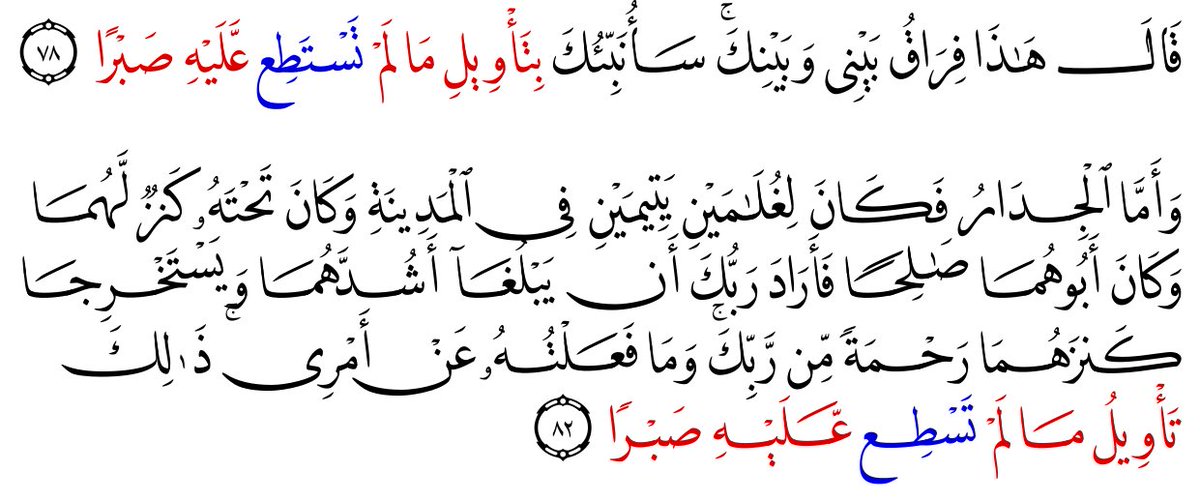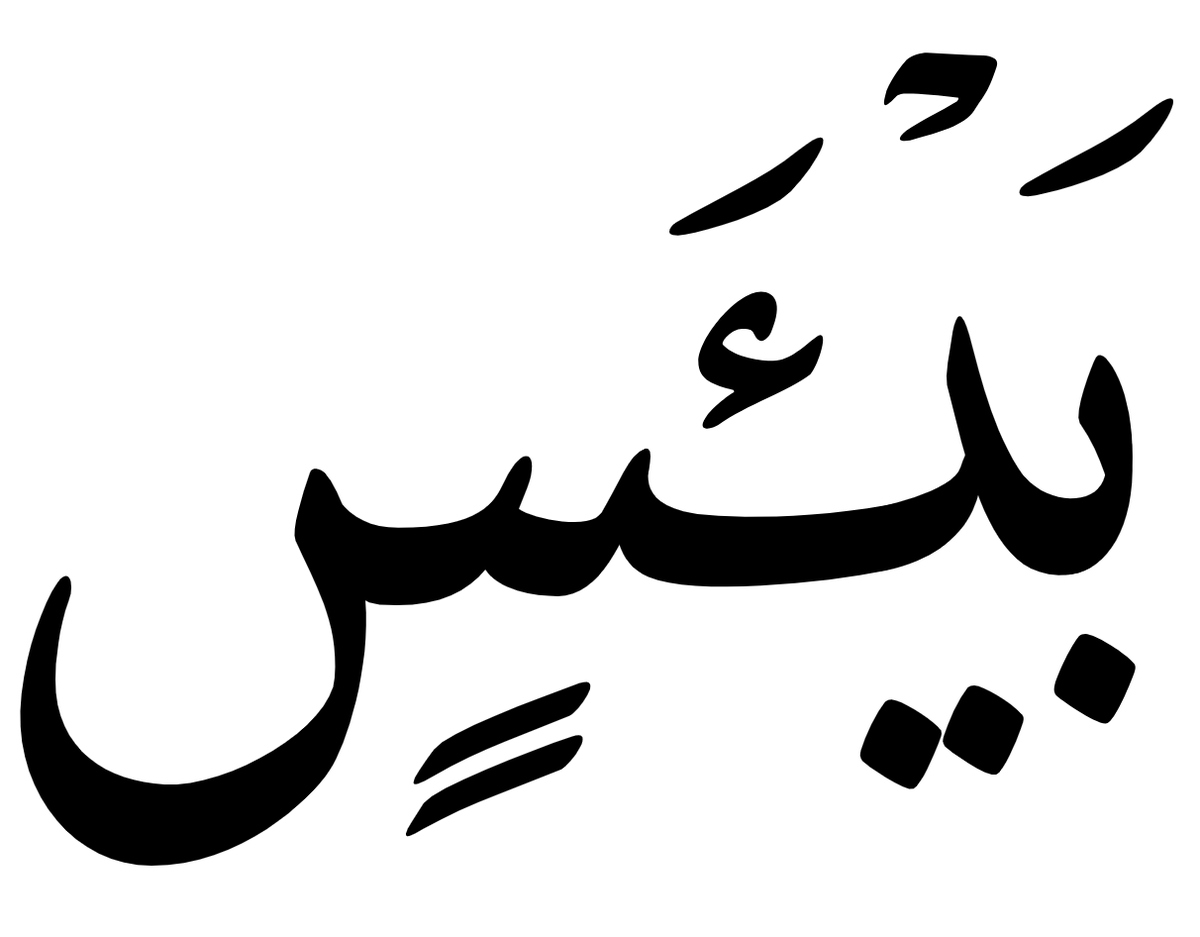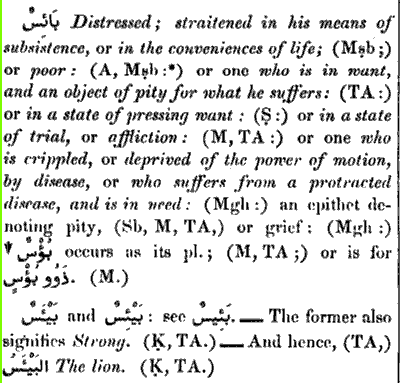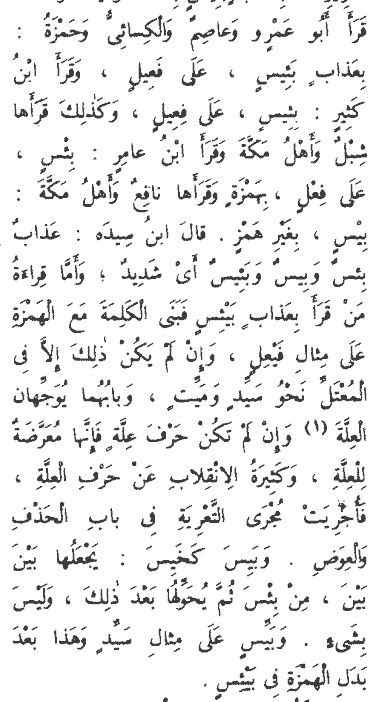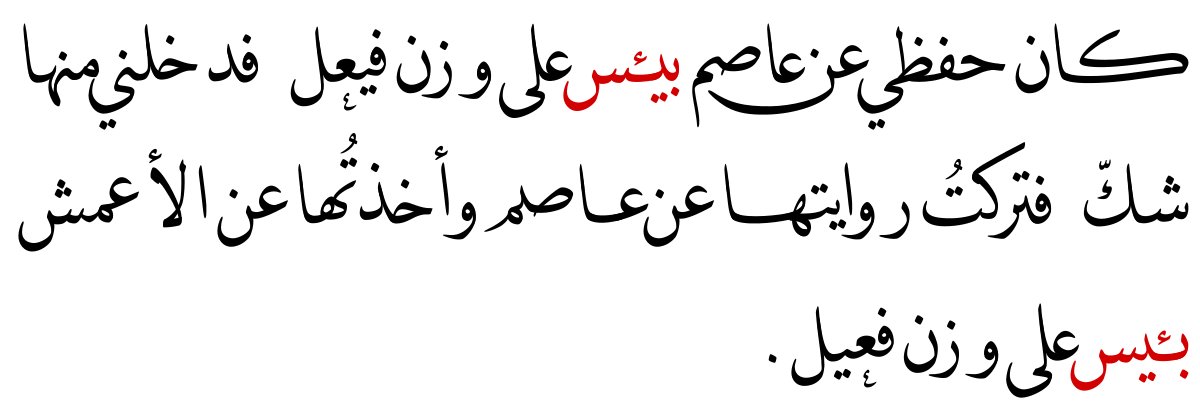
The first word of Q36:30 is read by all canonical readers as yā-ḥasratan 'O woe!' And this is also the reading we find in the main (red) reading in Arabe 352h, however in blue a different reading is marked, a non-canonical reading that doesn't follow the rasm. 

A little blue yāʾ has been added to the tāʾ marbūṭah and a kasrah stands below it, marking يا حسرتى yā-ḥasrat-ē "O my woe!" This expression occurs elsewhere in the Quran with the spelling with a yāʾ, with the special vocative 1sg. ending -ā/-ē "my".
quran.com/39/56
quran.com/39/56

Alternatively it could also simply be read as yā-ḥasrat-ī with the normal 1sg. possessive, and both forms are indeed reported as possible reading by ʾAbū Ḥayyān in his monumental al-Baḥr al-Muḥīṭ.
You can check out the manuscript in more detail here:
gallica.bnf.fr/ark:/12148/btv…
You can check out the manuscript in more detail here:
gallica.bnf.fr/ark:/12148/btv…

@threadreaderapp unroll
• • •
Missing some Tweet in this thread? You can try to
force a refresh

